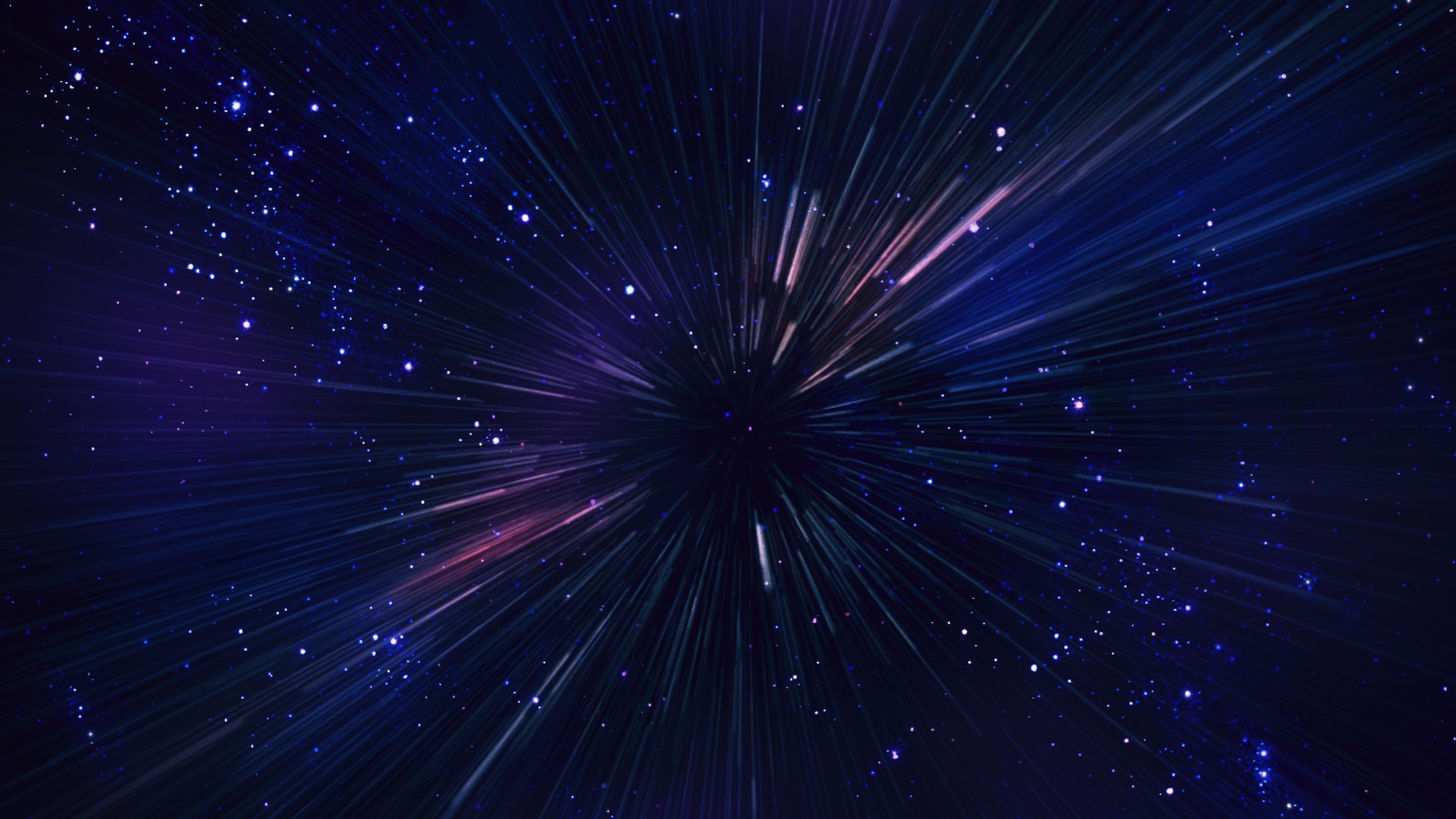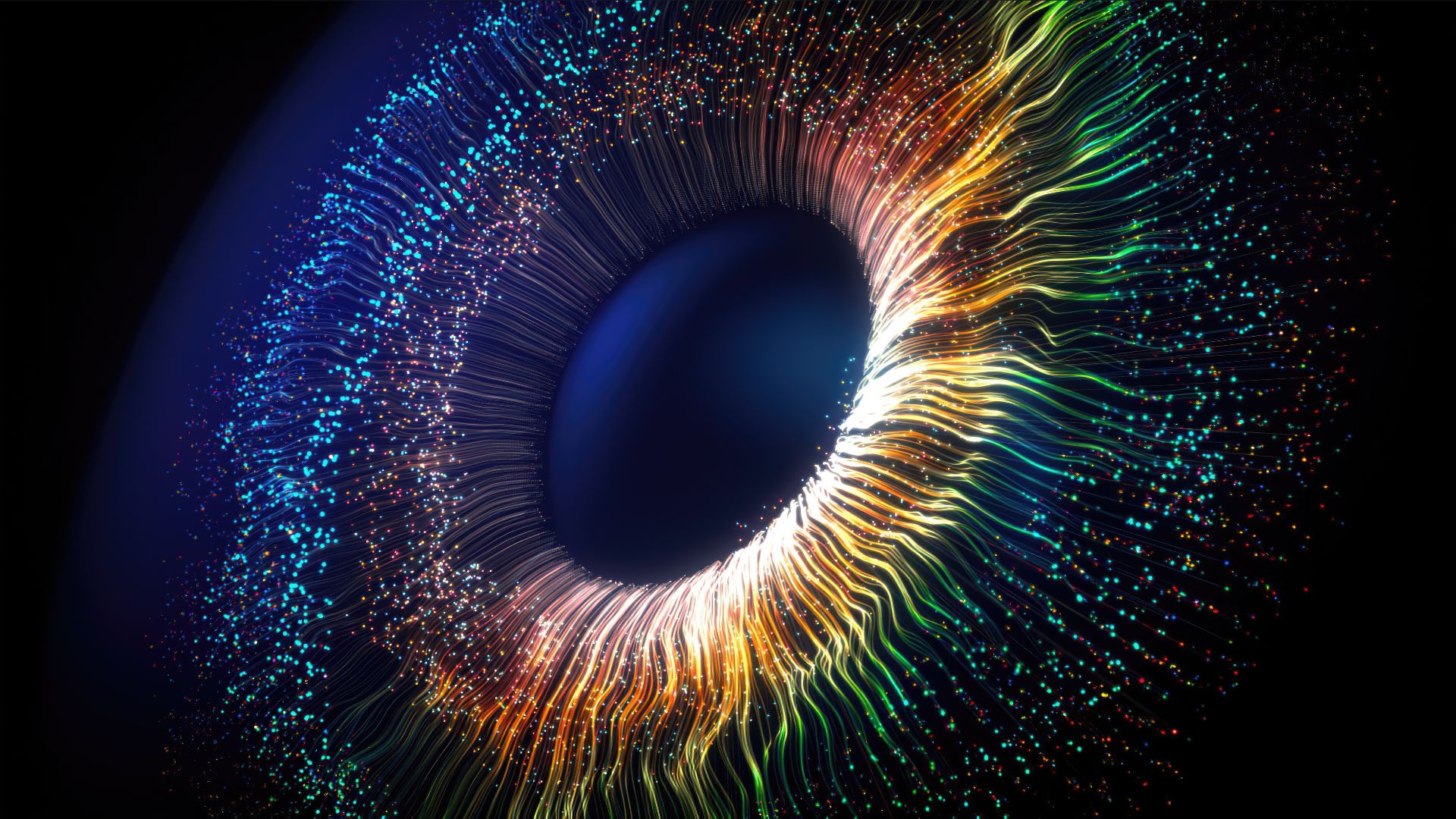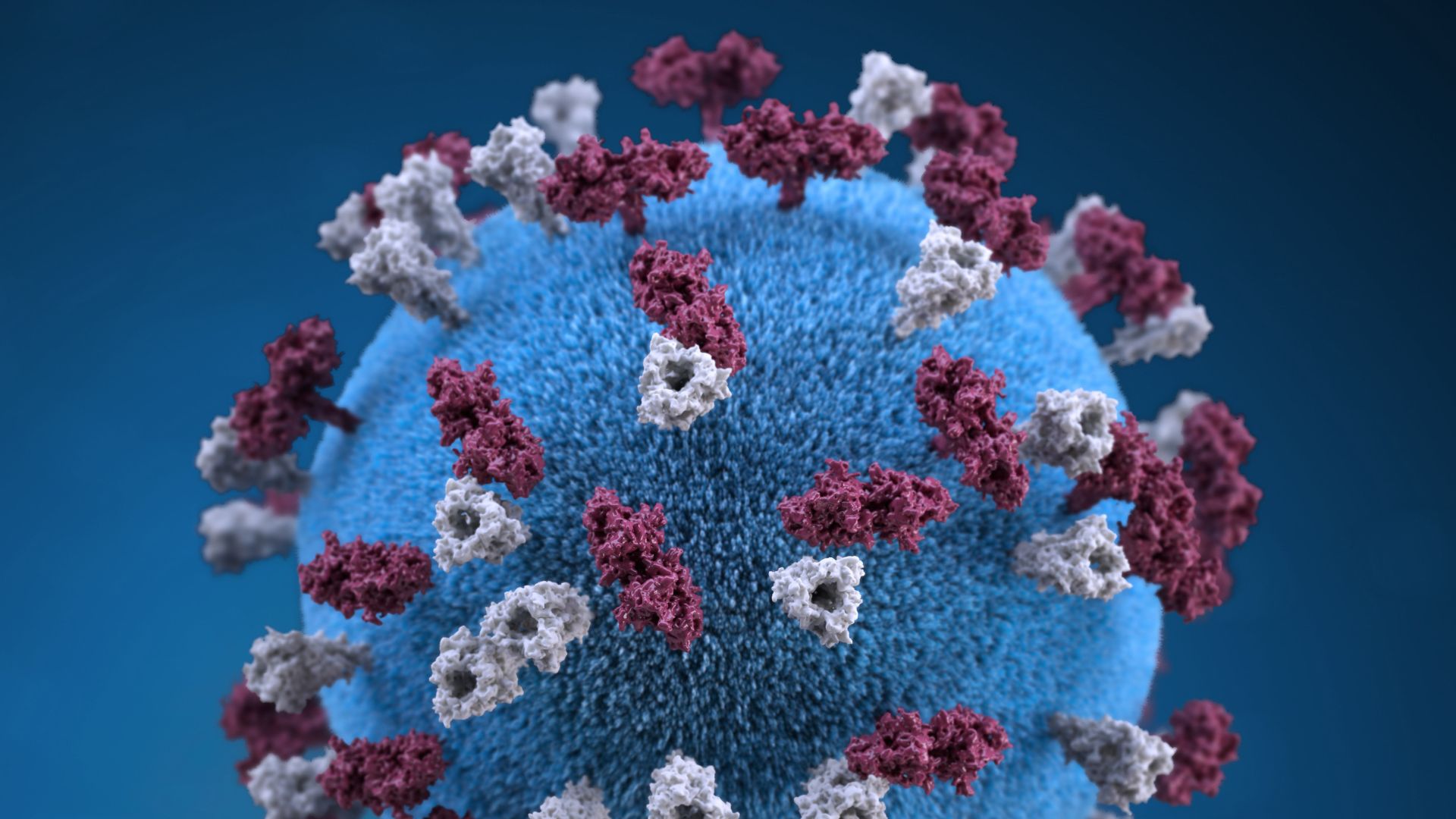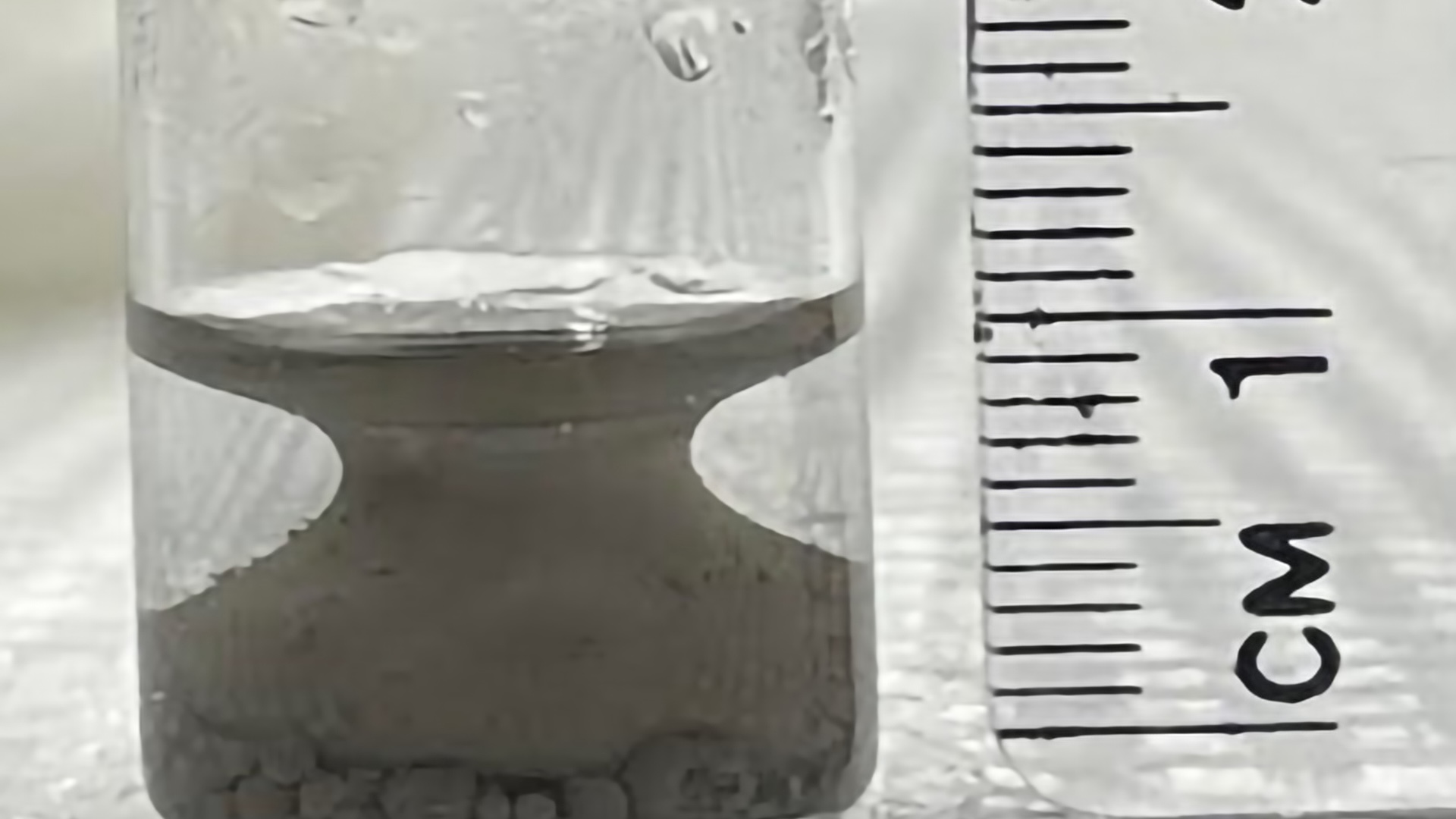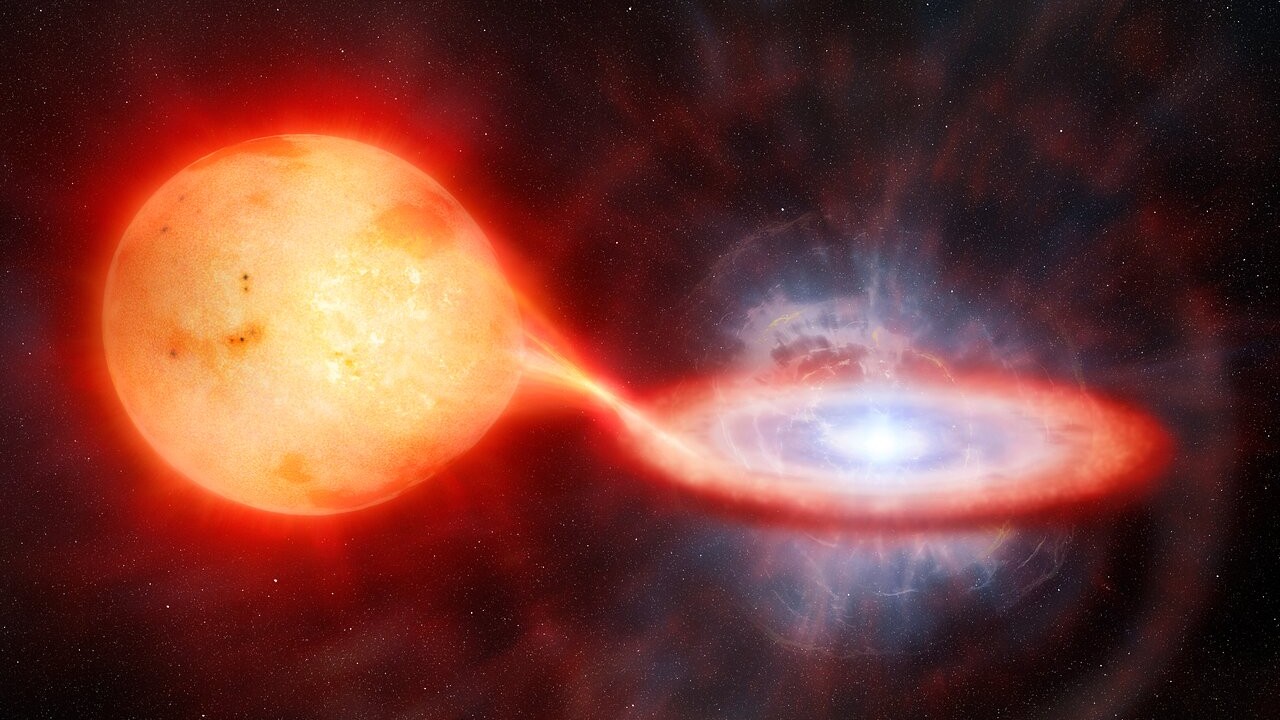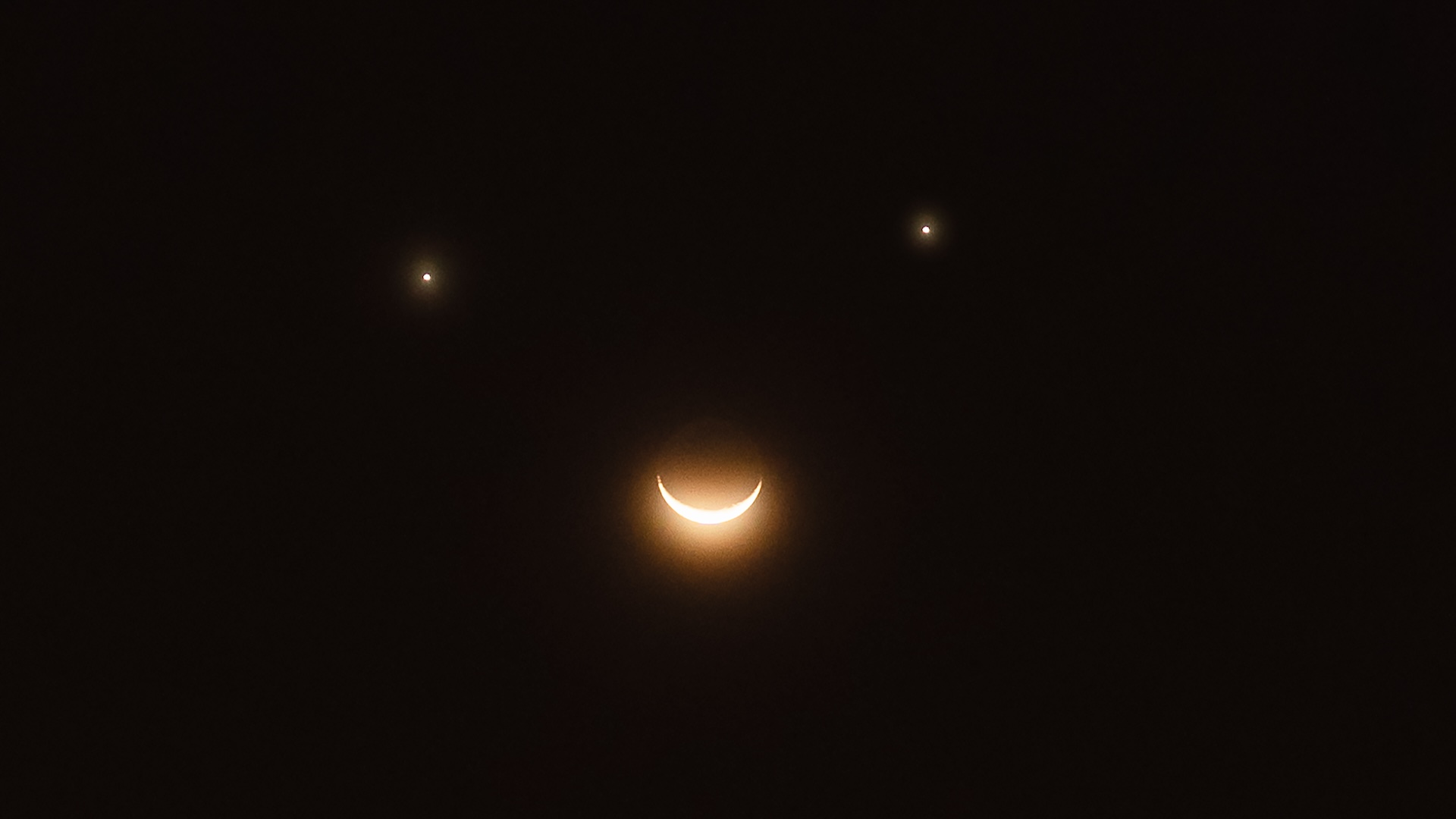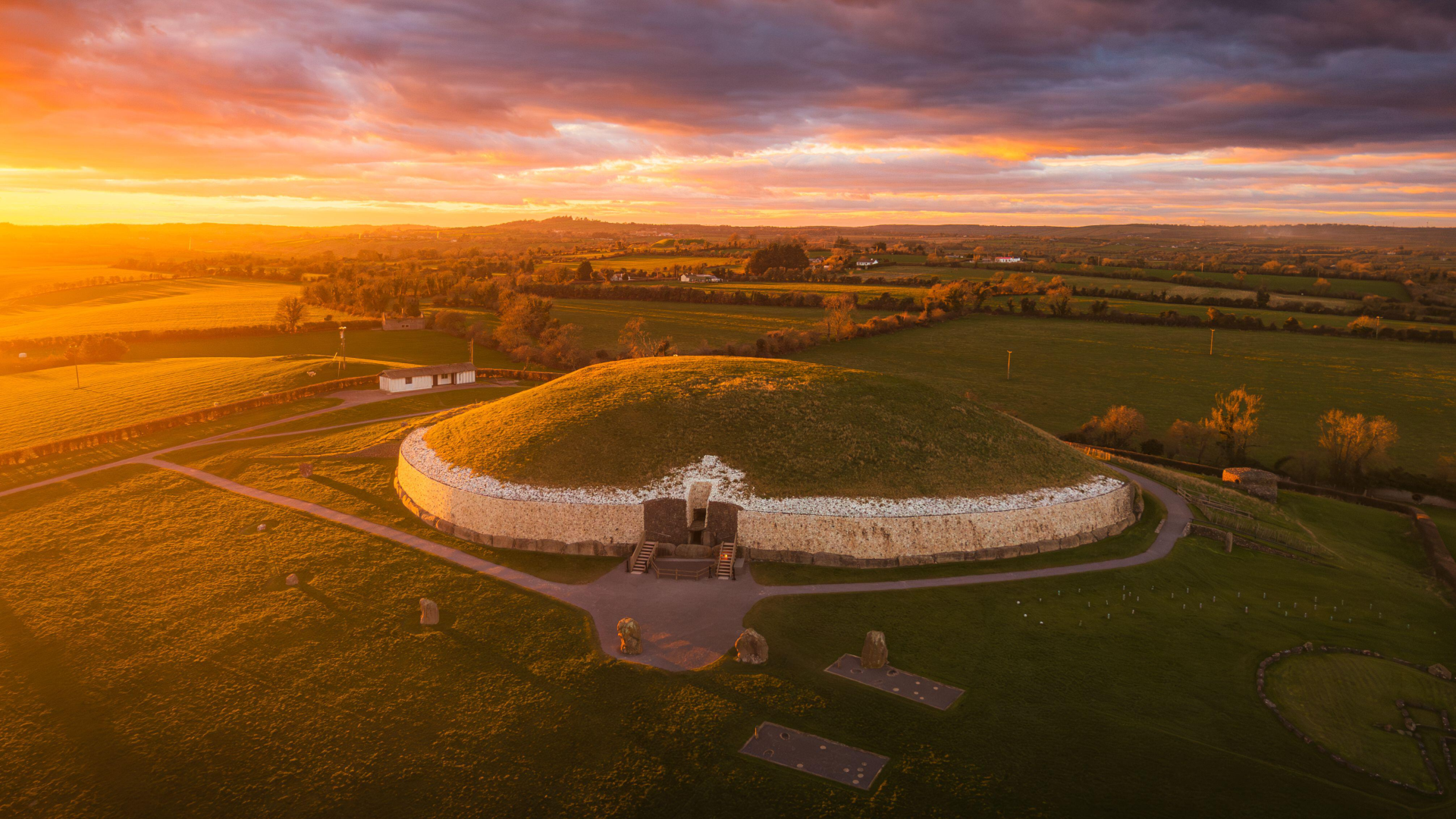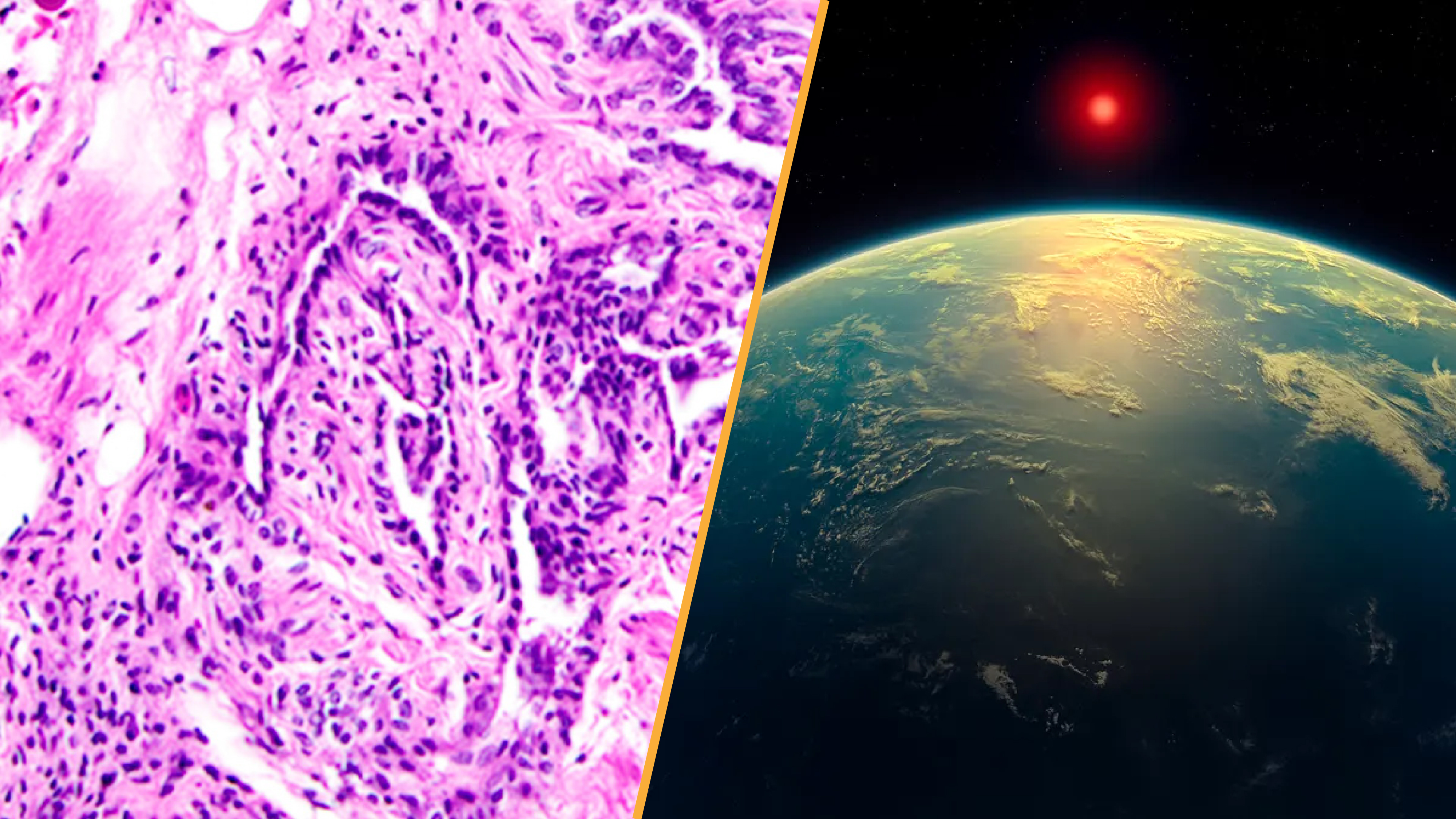Mysterious 'Green Monster' lurking in James Webb photo of supernova remnant is finally explained
A green "Grinch-like" shape in a supernova remnant imaged by the James Webb telescope may have come from a blast debris field, scientists proposed
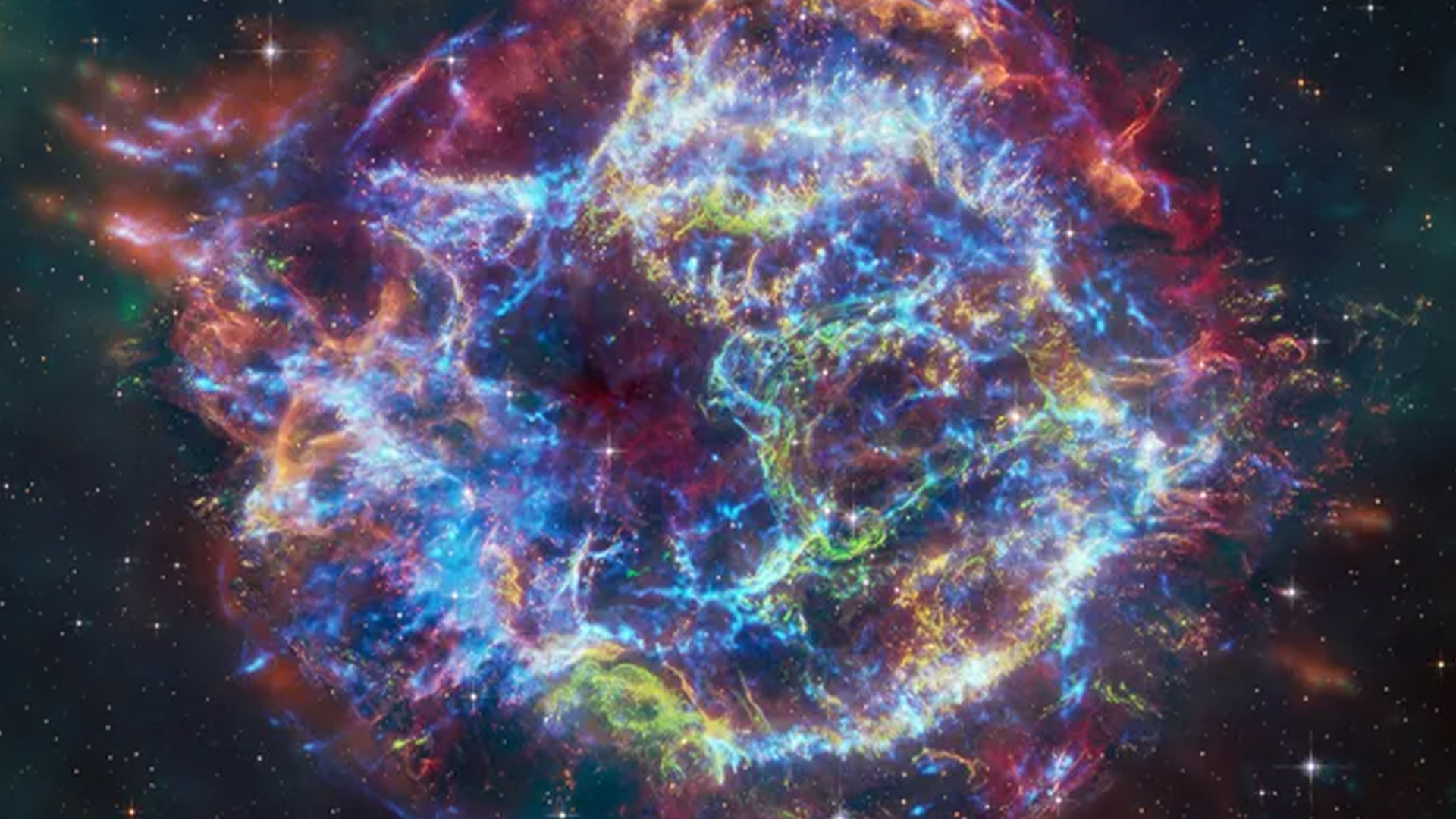
The bizarre, grinch-like wisp of green light dubbed the Green Monster, first seen last year snaking through the glowing remnants of an exploded star, belongs to a blast wave bordering the debris field, a new study reveals.
Last April, NASA's James Webb Space Telescope (JWST or Webb) photographed the unusual "wall of emission" in front of Cassiopeia A (or Cas A), an expanding shell of hot gas roughly 11,000 light-years from Earth whose light first reached us 340 years ago. For the past year, astronomers have been trying to explain its origin and presence in the well-studied supernova remnant.
The new image, unveiled on Monday (Jan. 8) at the American Astronomical Society conference being held in New Orleans and online, combines the observing powers of Webb, as well as NASA's Hubble, Spitzer and Chandra space telescopes, to feature Cas A in unprecedented detail. The ball of light, which stretches for 10 light-years, appears infused with red clouds, revealing dust likely warmed as it resides within gas that was heated up to millions of degrees. White, green and orange light streaks sprinkled throughout offer a cosmically messy, breathtaking new view of the stellar debris.
Also a scientific treasure trove, the snapshot has taken astronomers a step closer to understanding how the mysterious Green Monster came to be. New observations show that its X-ray properties match those of outer regions of the supernova debris field, suggesting that the curious feature was created when a blast wave slammed into material already shed by the ill-fated star, between 10,000 and 100,000 years prior to its explosion.
The Green Monster "is photobombing the central part of Cas A rather than being part of it," study co-author Ilse De Looze, of Ghent University in Belgium, said in a statement. Looze and her team digitally removed the Green Monster from the image so that the background could be unblocked. "It's like we were handed a completed, 3D jigsaw puzzle, and we were able to take parts out to see what's on the inside."
With the Green Monster virtually absent, the team was able to access a wealth of detail behind it, near the center of Cas A — closest to where the explosion had taken place. This area was somehow left untouched by the subsequent shock wave, Danny Milisavljevic of Purdue University, who led the new study, told reporters on Monday.
"Here is the treasure map that we wanted," said Milisavljevic while gesturing toward a black-and-white image on screen of a delicate, "web-like network" captured by Webb's powerful infrared eyes. "It's the first time that we've ever been able to see the insides of a supernova explosion so well-preserved and with such detail."
Sign up for the Live Science daily newsletter now
Get the world’s most fascinating discoveries delivered straight to your inbox.
The network of "pristine debris" likely formed when the star's interior mixed with immensely hot radioactive matter during the star's collapse. So, studying such structures can reveal more about the physical processes involved in the progenitor star's collapse, Milisavljevic said.
Yet as the team solved one mystery, it found another. The wispy green light appears to be spattered with "remarkably round holes," Milisavljevic said. These intriguing "holes" may have formed when knots of supernova ejecta pierced through an expanding cloud of stellar gas previously shed by the star.
"There's very few mechanisms in the universe that can make such round objects," he added. "This is the one that seems to be the best explanation."
Future studies of the Green Monster and its mysterious circles would tell astronomers the nature of the ill-fated star and what it was doing before it exploded in a supernova.
This research is described in a paper submitted to The Astrophysical Journal.
Originally posted on Space.com.

Sharmila Kuthunur is a Seattle-based science journalist focusing on astronomy and space exploration. Her work has also appeared in Scientific American, Astronomy and Space.com, among other publications. She has earned a master's degree in journalism from Northeastern University in Boston. Follow her on BlueSky @skuthunur.bsky.social
